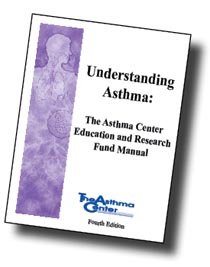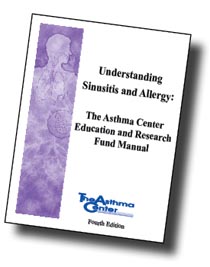COPD
What is COPD?
Chronic obstructive pulmonary disease (COPD) refers to a group of lung diseases that are associated with difficulty in breathing due to airway obstruction and/or poor blood oxygenation due to damaged alveoli (air sacs of the lung tissue).
COPD is the fourth leading cause of death in the United States and Canada. It affects approximately 15 million Americans and causes 100,000 deaths each year. Ninety percent of all COPD cases are caused by chronic cigarette smoking. However a small percentage of individuals with emphysema have an inherited type of disease or disease of an unknown cause.
Early in the disease, symptoms may be obvious only when you have a "chest cold" or during strenuous physical exertion. In between these periods, you may feel quite well and be free of symptoms. Unfortunately your COPD will progress silently over time, causing ever more permanent lung damage, especially if you continue to smoke cigarettes. Eventually symptoms of coughing, shortness of breath and wheezing become more frequent and disabling, requiring you to use supplemental oxygen to carry out simple everyday chores. In the worst cases, COPD causes heart failure, and you can ultimately succumb to your disease.
Types of COPD
The two most common types of COPD are chronic bronchitis and emphysema. It is possible to have one or both of these diseases. You will also often have elements of chronic bronchitis and emphysema, rather than purely one or the other.
Chronic bronchitis causes inflammation of the air passageways and increased mucus production from enlarged mucous glands. This often causes a chronic cough. As the inflammation progresses over time, the airways become narrow and irreversibly obstructed. If you suffer from chronic bronchitis, it is likely you experience symptoms of coughing, increased sputum, shortness of breath and wheezing.
Emphysema is a disease caused by damage to alveoli where oxygen and carbon dioxide exchange occurs. Cigarette smoking is the most common cause of destruction of these air sacs, leading to an inability to absorb oxygen into the lungs. If you suffer from emphysema, shortness of breath is often the primary symptom, although coughing and wheezing may also be prominent.
Asthma and COPD
COPD is an obstructive airway disease as is asthma. In fact early in COPD development, your symptoms may be very similar to those seen in asthma, and you may be misdiagnosed with asthma. However asthma and COPD differ in many ways. COPD is usually caused by cigarette smoking while asthma is not caused by smoking, although it will be worsened by smoking. Asthma is frequently associated with allergy while COPD is not. Asthma is usually highly responsive to medications and avoiding symptom triggers usually reverses airway obstruction. In contrast the airway obstruction in COPD rarely shows much reversibility with treatment. However the progression of COPD may be stopped or slowed down with smoking cessation. An allergist or pulmonologist can tell the difference between asthma and COPD and offer appropriate treatment.
Finally asthma and COPD can coexist. If you have asthma and smoke cigarettes for years, it would not be unusual for you also to develop COPD. In this case, both diseases must be treated at the same time.
Treatment
Although treatment will not reverse permanent lung damage that has already occurred, it can slow down or stop further damage, offer relief from symptoms, increase the quality of life and increase the duration of your life span.
Treatment includes:
- Smoking cessation - This is the only way to stop the relentless progress of COPD
- Bronchodilators (albuterol, Serevent® Diskus®, Foradil® Aerolizer®, Maxair™ Autohaler™, nebulized solutions - AccuNeb®, Xopenex®, etc.)
- Anticholinergic medications (ipratropium bromide - Atrovent®, Combivent®; tiotropium bromide - Spiriva® HandiHaler®)
- Inhaled and oral corticosteroids alone or combined with bronchodilators (Advair Diskus®, Pulmicort Turbuhaler® and Respules®, QVAR®, prednisone, etc.)
- Theophyllines (Uniphyl®, Theo-24®, aminophylline)
- Antibiotics (when infection is present)
- Oxygen - continuous and on demand (if required)
- Pulmonary rehabilitation (reconditioning)
- Surgery - lung reduction surgery/transplantation
Aside from relieving symptoms, you can affect the natural history of your disease by beginning treatment early. The earlier COPD is diagnosed and treated, the better the chance you have of limiting permanent lung damage and the natural progression of the disease. The goal is to help you better manage the effects of your disease and to live as fully and actively as possible.



